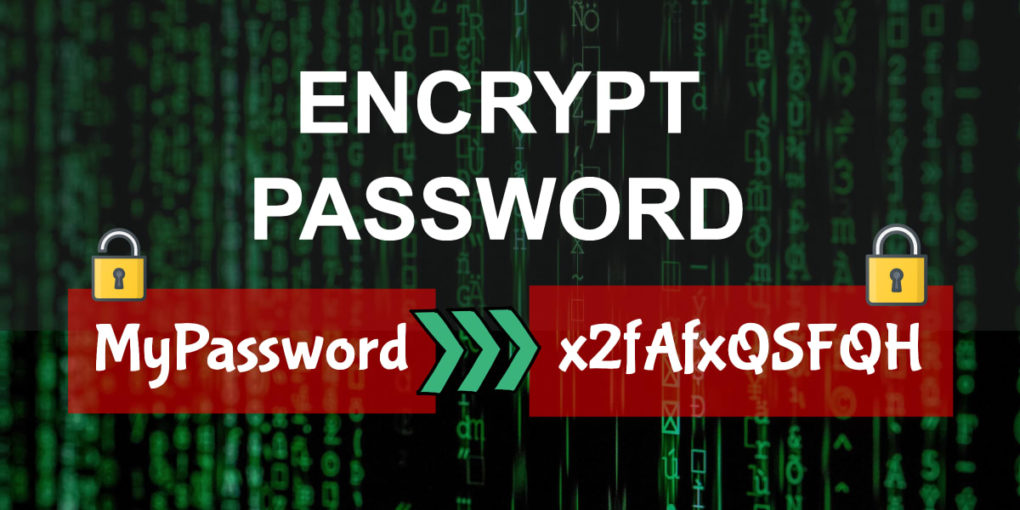Encrypt_Password DMS
Syntax
ENCRYPT_PASSWORD {userID | *};
Description
If you want to encrypt passwords for all the userids, you use asterix (*) otherwise you need to mention the userid for which you want to encrypt the password.
Usage Examples:
ENCRYPT_PASSWORD *;
ENCRYPT_PASSWORD PS;
Parameters
There are some parameters you can use with the encrypt_password dms. They are LOG, NO COMMIT, and NO TRACE.
Usage Examples:
SET LOG c:\temp\encrypt.log;
SET NO COMMIT;
SET NO TRACE;
In PSOPRDEFN, there is a field called ENCRYPTED.
ENCRYPTED=0 means that the password is plain text and not encrypted
ENCRYPTED=1 means that the password is encrypted
When you run encrypt_password, it goes through each row in PSOPRDEFN and encrypts all the passwords that are not encrypted i.e. have encrypted=0. It ignores all the rows that have password encrypted i.e. have encrypted=1.
The number of iteration is equal to number of users in PSOPRDEFN + ACCESSID
Here are some outcomes, which will be useful for you when resetting password from the backend.
1. If ENCRYPT = 0 and PTOPERPSWDV2 is not encrypted.
– Password should get encrypted successfully. Message in data-mover will be ‘Password hashed for <UserID>
2. If ENCRYPT = 0 and PTOPERPSWDV2 is encrypted
– It will error out saying ‘Unable to update password field.
3. If ENCRYPT =1 and PTOPERPSWDV2, is not encrypted.
– It will show a message like ‘Password already hashed for <UserID>
4. If ENCRYPT =1 and PTOPERPSWDV2, is encrypted.
– It will show a message like ‘Password already hashed for <UserID>
Please Note: Oracle recommends to set the password for user through front-end only i.e PIA and not from the backend.

